What Made Us
In a time where identity politics is at its most divisive globally, it has pushed many people of color to question, rediscover and reaffirm their identities. With What Made Us, artists from around the world take a step back to not just rediscover their own identities but also reclaim their own stories. Through their varying experiences, we see the push and pull of one’s roots whether as a transplant to another country or in being firmly planted and observing how outward changes affect perceptions of home.
In Conrad Egyir’s piece Agape, part of his Allegory of Love series, we see someone who as a transplant from Ghana to the US looks inward at how his identity as a Ghanaian in a new Western context. “Woven between the fabric of my narratives are borrowed superstitious and symbolic aesthetics from West Africa, anachronisms from different cultures, and a deconstruction and redefining of colorism and identity as defined by Western academia.”
Aida Muluneh in her piece Fragments, part of her World is 9 series, looks back on the Ethiopia she remembered having returned from living abroad. As she puts it: “I am not seeking answers but asking provocative questions about the life that we live – as people, as nations, as beings.”
Dennis Osadabe’s Afrofuturist piece Quick Getaway looks to better understand what it means to be an African artist. In intersecting more traditional symbols of his homeland Nigeria with more modern settings, he pushes expectations of what “African art” is and asks of us what that really means as cultures intersect in these “urban living hybrids”.
Chi Ming in Sleeping Beauty imparts his identity in the freedom in which he paints his subject. In this nostalgic, intimate look at life in contemporary China, we see a contrast to that of his father and grandfather, both of whom made livings in painting portraits or movie posters and would not have had the same liberties in painting.
The two Indonesian artists represented in contrast take the approach of reflecting more inwardly on how national politics during and after the Suharto dictatorship have played out on personal freedoms. Particularly, in Eko Nugroho’s radio sculpture, The Witness, we see the subject concealed, but watchful, of the chatter; a careful stance of not revealing too much of oneself under strict rule. In Nindityo Adipurnomo’s Portrait of a Javanese Man in contrast shows a more contemporary scene of a dancer, often playing both male and female parts, obscured by a hair piece used in portraying women. In this way, we come to question the underlying non acceptance of those outside of heteronormative roles and a woman’s ability to step into the same spaces as men in modern Indonesian life.
In bringing these pieces together, we hope to spark dialogue around the complexities of what identity means for POC in modern society and how we find a sense of self in ever shifting landscapes.
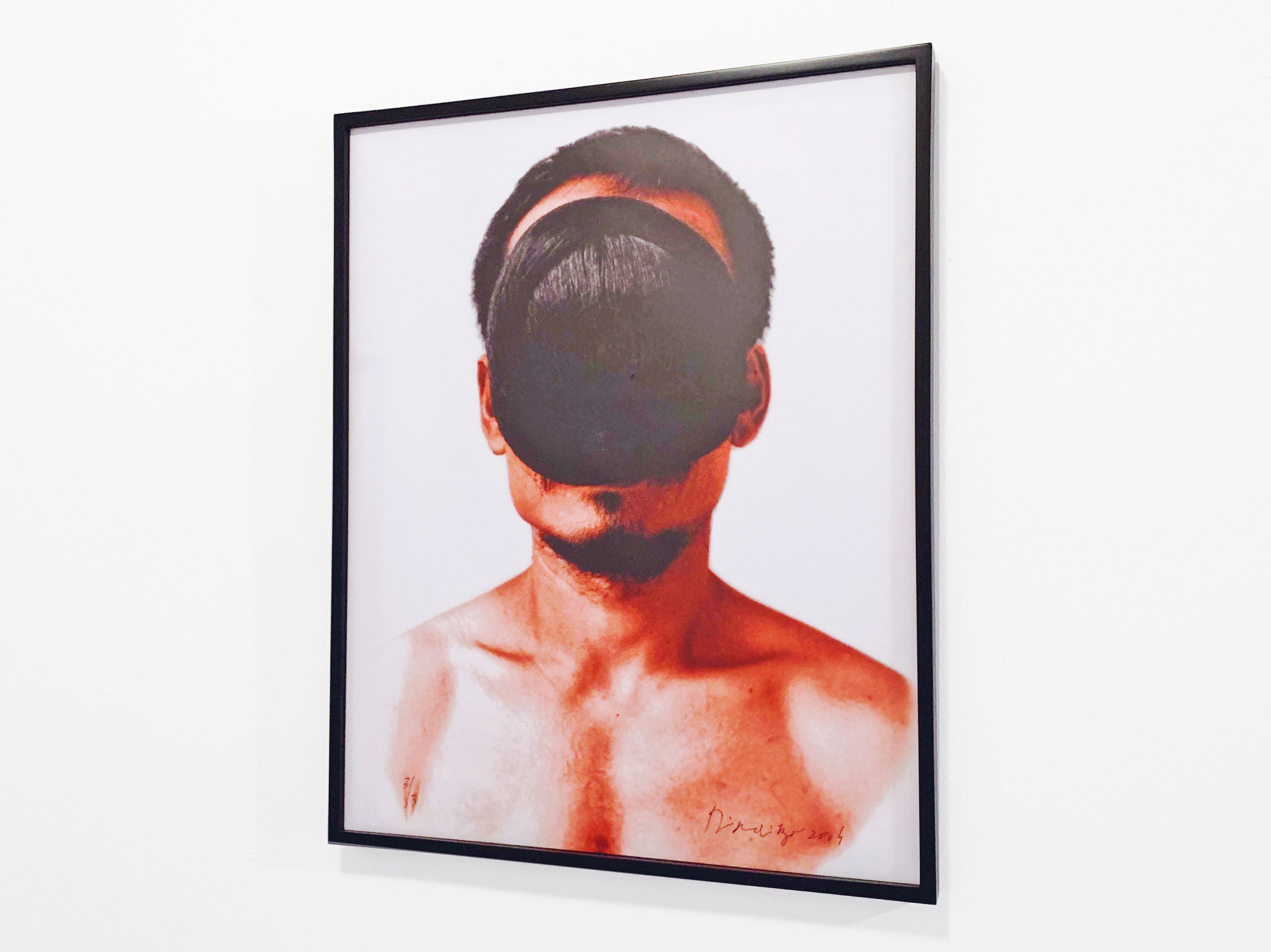
NINDITYO ADIPURNOMO/PORTRAIT OF A JAVANESE MAN, 2004

EKO NUGROHO/THE WITNESS, 2010
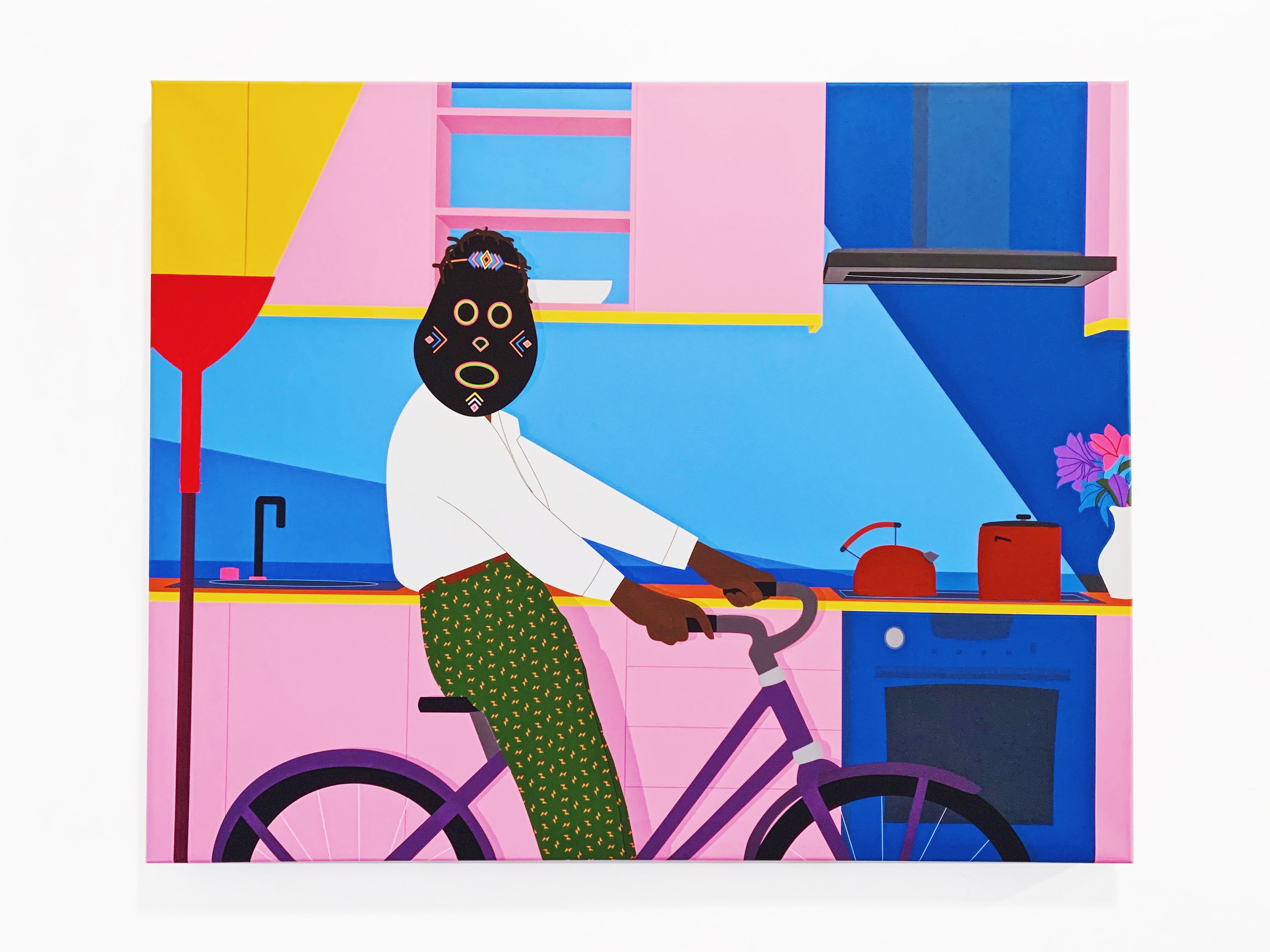
DENNIS OSADABE/QUICK GETAWAY, 2018
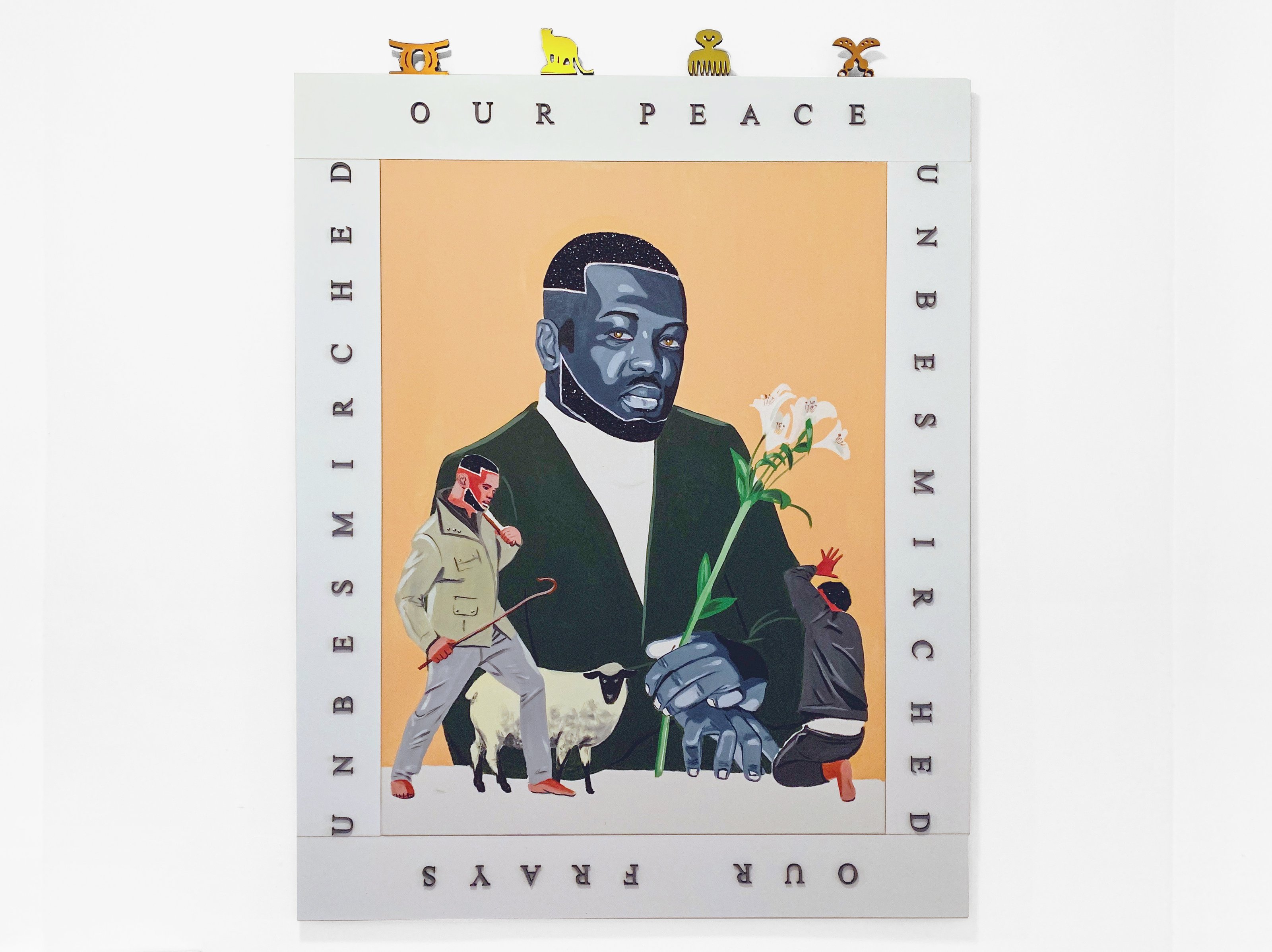
CONRAD EGYIR/AGAPE. ALLEGORY OF LOVE., 2019
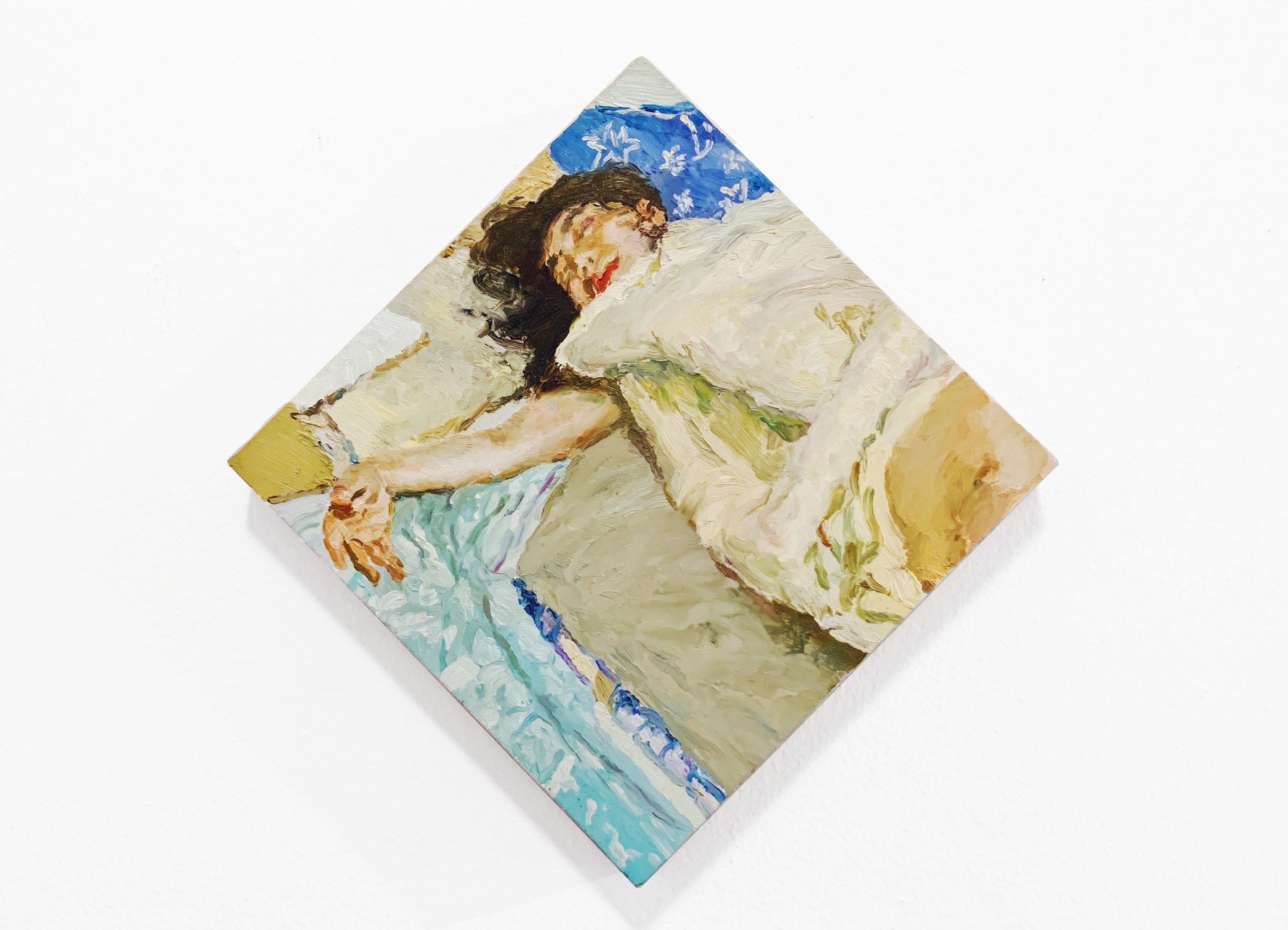
CHI MING/SLEEPING BEAUTY, 2014
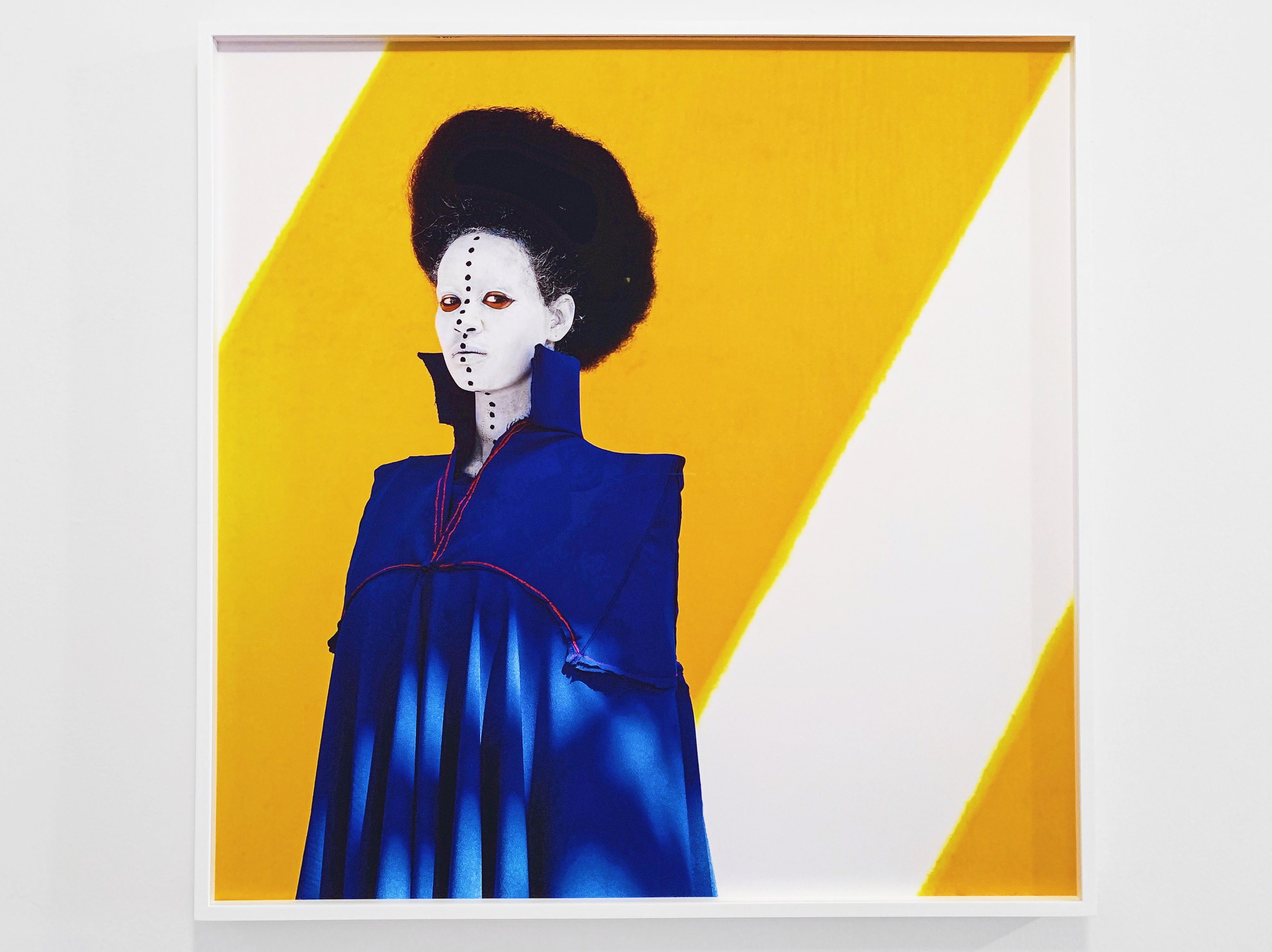
AIDA MULUNEH/FRAGMENTS, 2016